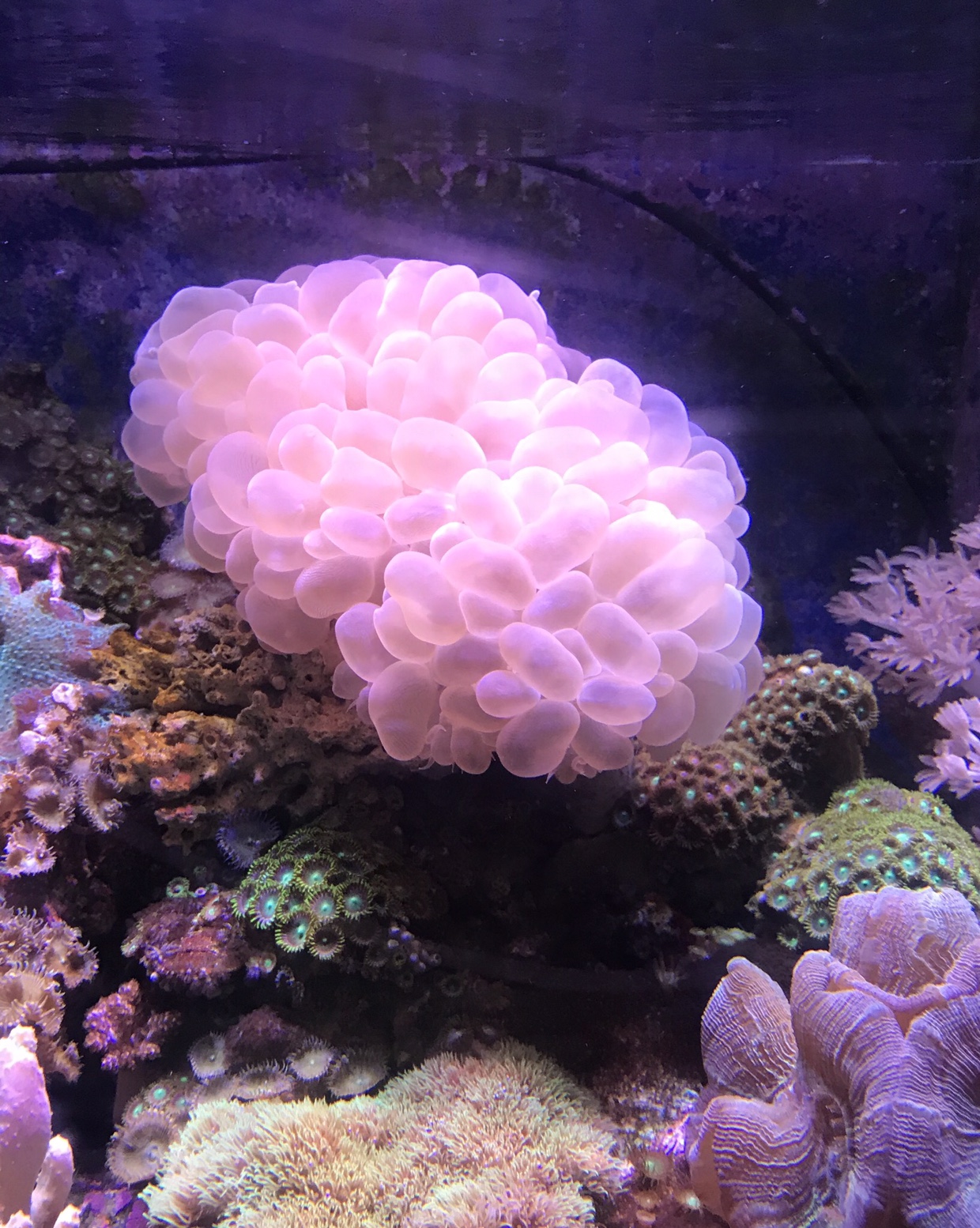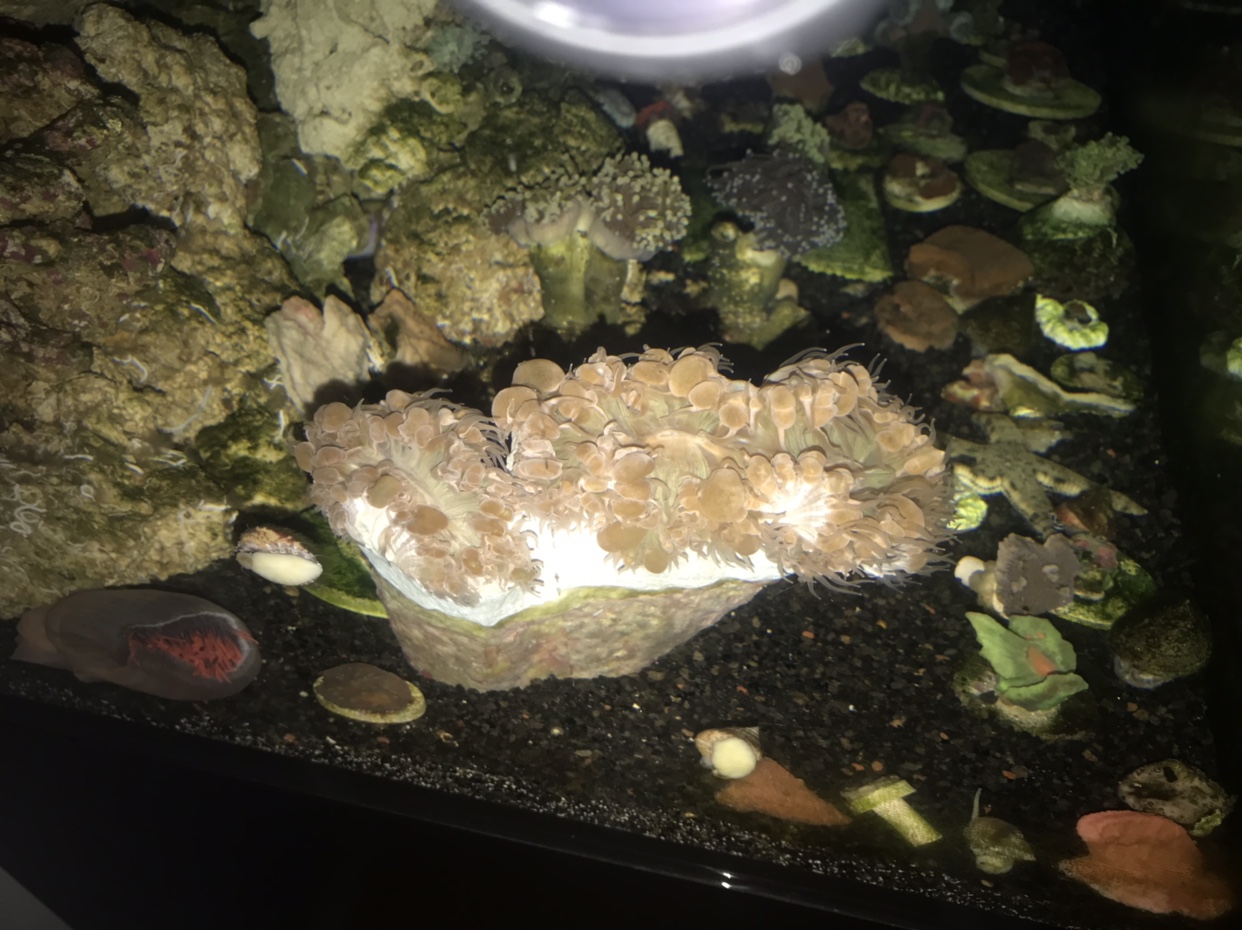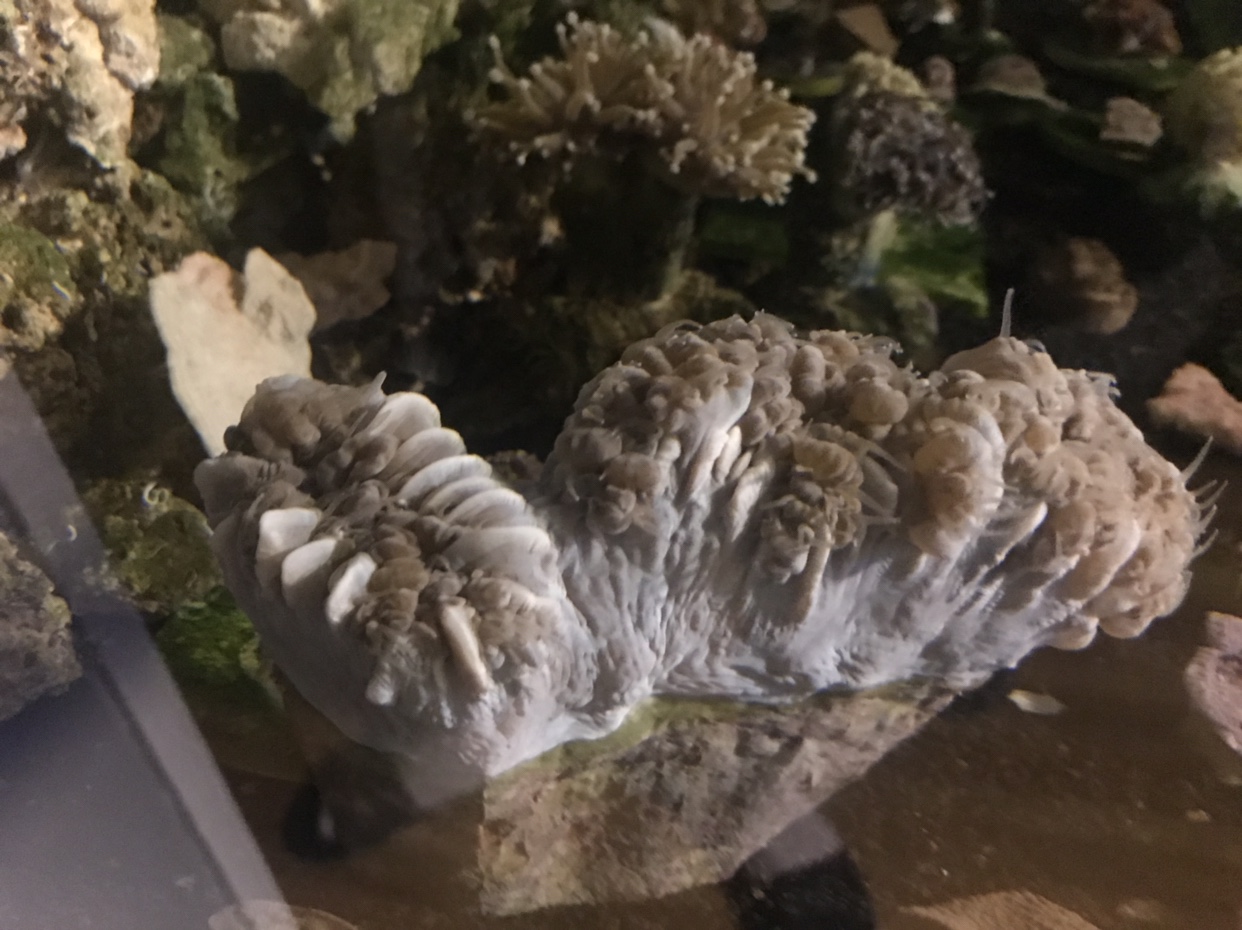- Joined
- Aug 15, 2018
- Messages
- 329
- Reaction score
- 188
Follow along with the video below to see how to install our site as a web app on your home screen.
Note: This feature may not be available in some browsers.

Wait do they split or something?I thought you could not frag bubbles.

How do you get new ones then?I thought you could not frag bubbles.
Thats true.... haha maybe I heard it was just difficult to do it with them than.How do you get new ones then?



I have a pretty big bubble that has three mouths. One is starting to form on its own away from the other two. I’m guessing it’s a wall type and you would cut the head once it’s developed??
What happen if the cut slits between the mouth? I just fragged some. It was getting to big and no one wanted a big piece.This one is easy if its completely separate which it looks like it is. Just cut right down where I made the mark with preferably a coral bandsaw. A dremel with a diamond blade can also be used but if you take to long it can heat up and damage the tissue

